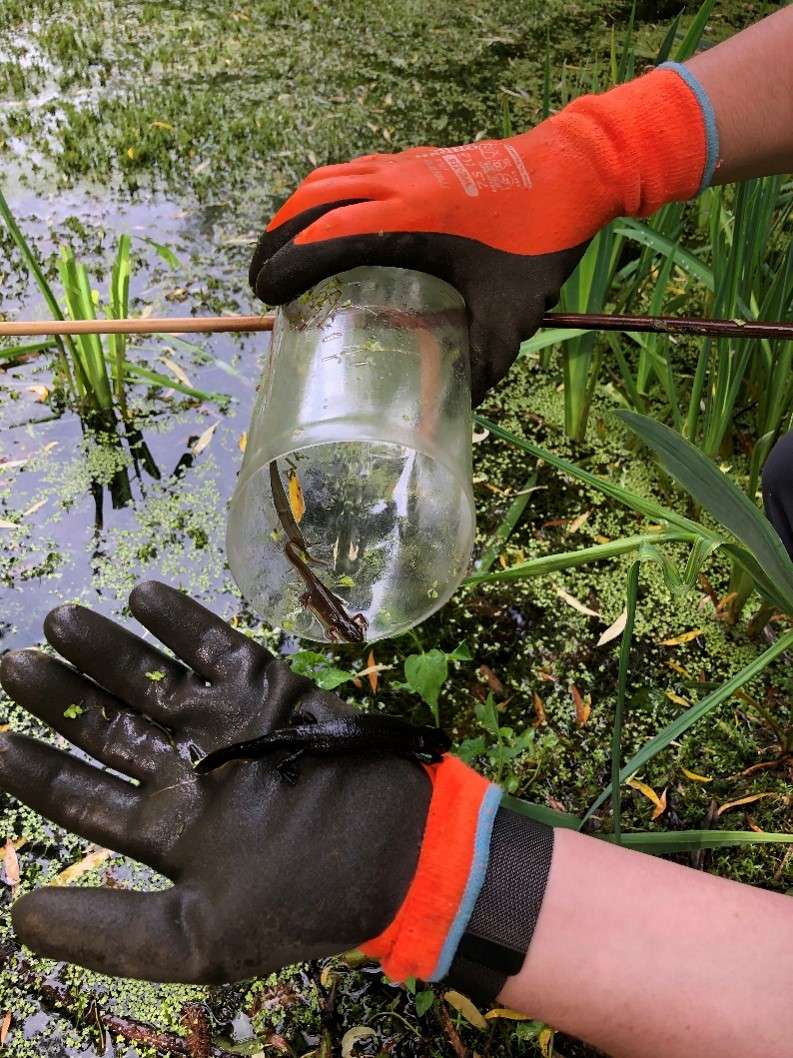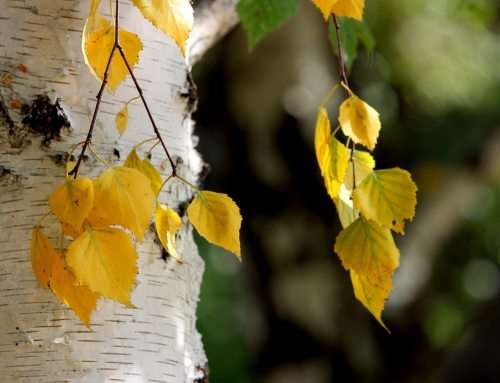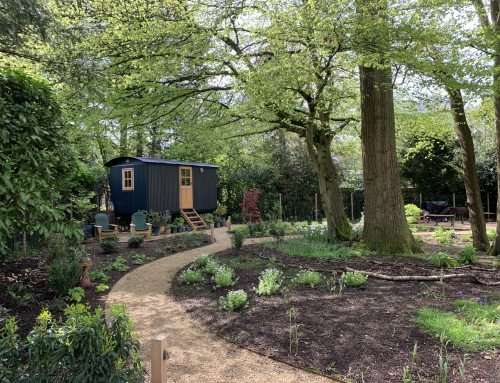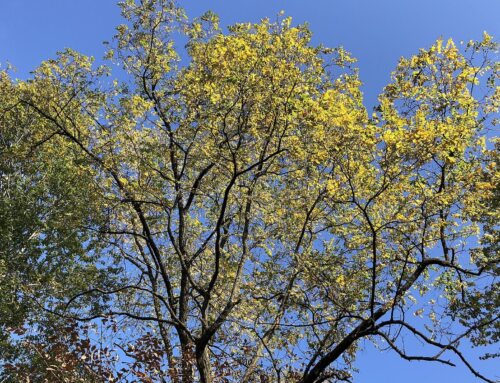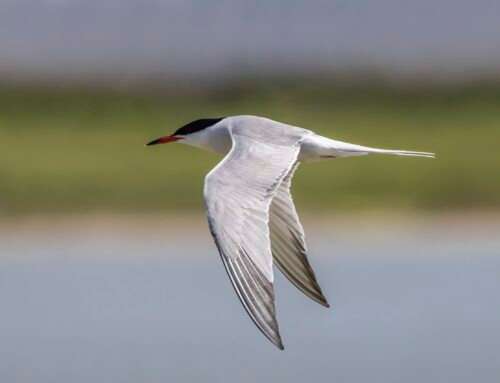Fact File: Great Crested Newt
The month of March sees the start of the survey season for great crested newts.
Scientific Name: Triturus cristatus.
Great crested newts (GCN) are the largest UK newt species with males reaching up to 15cm and females 18cm. They have dark brown bodies covered with dark spots that make them appear almost black. They have yellow or orange undersides with large black spots. Their belly patterns are believed to be unique to each GCN similar to human fingerprints and can be used to identify individuals in a long term monitoring programme.
During breeding season the males are easily identifiable due to a large crest running down their spines. Another crest runs along the top and bottom of their tails. A silver stripe also appears on their tails.
They are found across the UK, particularly England and south Wales. They are also found in Europe and parts of Asia. GCN are mainly a terrestrial species, foraging and hibernating on land. During breeding season they move to ponds where they lay their eggs. They hibernate over winter, using log piles, rubble piles and disused mammal holes. They may also bury into the mud in their breeding ponds.
Although widespread in the UK their population numbers have fallen dramatically due to destruction of their habitat. In the UK GCN are protected by the Wildlife and Countryside Act, 1981. This makes it illegal to intentionally kill, injure or disturb a great crested newt, to possess one or to damage, destroy or obstruct access to any place used by great crested newt for shelter. GCN are also listed as a Priority Species under the UK Post-2010 Biodiversity Framework and Listed as a European Protected Species under Annex IV of the European Habitats Directive.
Surveying for GCN occurs during breeding season (Mid-March – Mid-June) when the temperatures are constantly above 5°C overnight and they are most likely to be in their breeding ponds.
Please contact our Ecology team to discuss all of your surveying requirements.
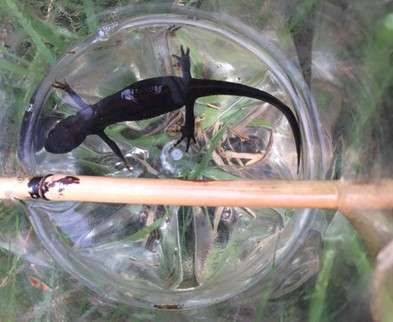
GCN in a bottle trap. Note the stripy toes!
